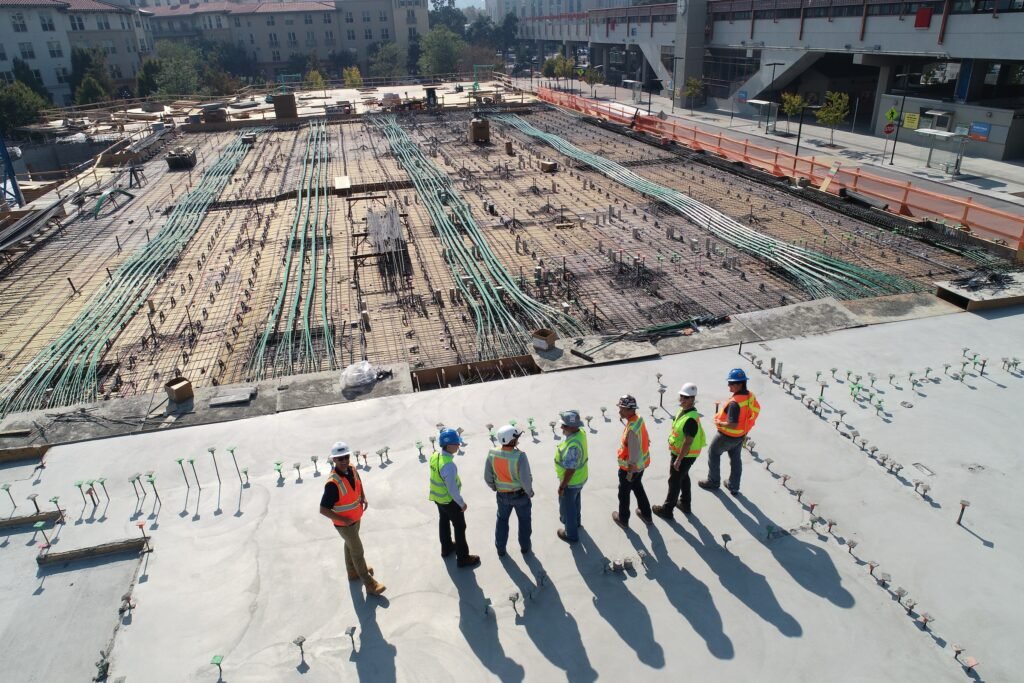In the ever-evolving world of construction, a significant shift is taking place towards more sustainable and environmentally friendly building practices. The concept of green building has gained immense traction in recent years as builders, architects, and environmentalists collaborate to create structures that minimize their impact on the environment. This paradigm shift is not merely a trend; it is a crucial step towards securing a better and more sustainable future for our planet.

The Essence of Green Building
Green building practices involve designing, constructing, and operating buildings in an environmentally responsible and resource-efficient manner. The primary goal is to reduce the overall impact on human health and the environment throughout a building’s life cycle – from planning and construction to operation and eventual demolition. Key considerations include energy efficiency, resource conservation, waste reduction, and the use of sustainable materials.
Energy-Efficient Design
One of the core principles of green building is a focus on energy efficiency. This involves designing structures that harness natural light, utilize renewable energy sources, and employ energy-efficient technologies. Buildings designed with energy efficiency in mind not only reduce their carbon footprint but also lead to lower operating costs for occupants.
Innovative technologies such as smart lighting systems, energy-efficient HVAC (heating, ventilation, and air conditioning) systems, and advanced insulation materials are becoming staples in green construction projects. These technologies not only contribute to energy savings but also enhance the overall comfort and functionality of the building.
Sustainable Materials
Choosing sustainable materials is a fundamental aspect of green building. This involves selecting materials with a lower environmental impact, such as recycled or reclaimed materials. Additionally, the use of locally sourced materials helps reduce the carbon footprint associated with transportation.
Wood from responsibly managed forests, recycled steel, and low-impact concrete alternatives are gaining popularity in green construction. These materials not only contribute to the longevity and durability of the structure but also promote responsible sourcing practices.
Water Conservation Strategies
Green building practices extend beyond energy considerations to include water conservation. Implementing water-efficient plumbing fixtures, rainwater harvesting systems, and drought-resistant landscaping are integral components of sustainable construction.
For example, innovative irrigation systems that utilize smart technologies to optimize water usage based on weather conditions are becoming standard in green building projects. These systems not only conserve water but also promote the responsible management of this precious resource.
Certification Programs and Standards
To ensure the adherence to green building principles, various certification programs and standards have been developed. The Leadership in Energy and Environmental Design (LEED) certification is one of the most widely recognized. LEED evaluates buildings based on criteria such as sustainable site development, water efficiency, energy performance, and indoor environmental quality.
Builders and developers aiming for LEED certification must meet specific benchmarks, encouraging the adoption of sustainable practices. Other certification programs, such as BREEAM (Building Research Establishment Environmental Assessment Method) and Green Globes, also play a crucial role in promoting sustainable construction practices globally.
Economic Benefits of Green Building
While the initial costs of implementing green building practices may be perceived as higher, the long-term economic benefits often outweigh these concerns. Energy-efficient buildings generally experience lower utility costs, providing a return on investment over time. Additionally, green buildings often have higher property values and may attract a broader range of tenants who prioritize sustainability.
Furthermore, governments and municipalities are increasingly offering incentives, such as tax credits and grants, to encourage the adoption of green building practices. These financial incentives serve as a powerful motivator for builders and developers to embrace sustainability.
Conclusion
Green building practices are not just a response to a global environmental crisis; they are a proactive and strategic approach to shaping the future of construction. By prioritizing sustainability, the construction industry can significantly contribute to mitigating climate change, reducing resource depletion, and creating healthier living environments for communities.
The adoption of green building practices is a collaborative effort that involves architects, builders, policymakers, and the public. As awareness continues to grow, it is crucial for stakeholders to embrace and advocate for sustainable construction methods. By doing so, we can lay the foundation for a better, more resilient, and environmentally responsible future – one green building at a time.
